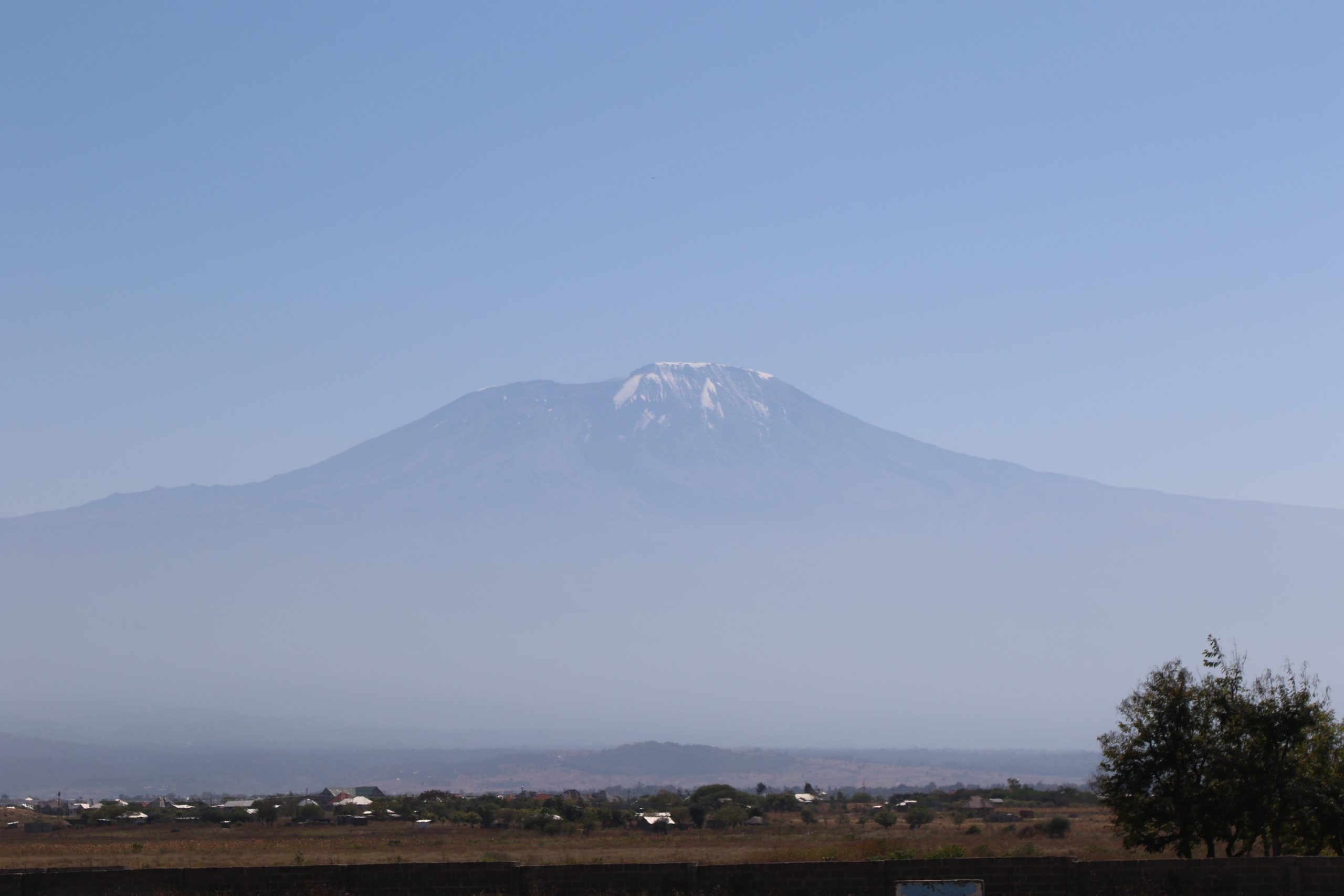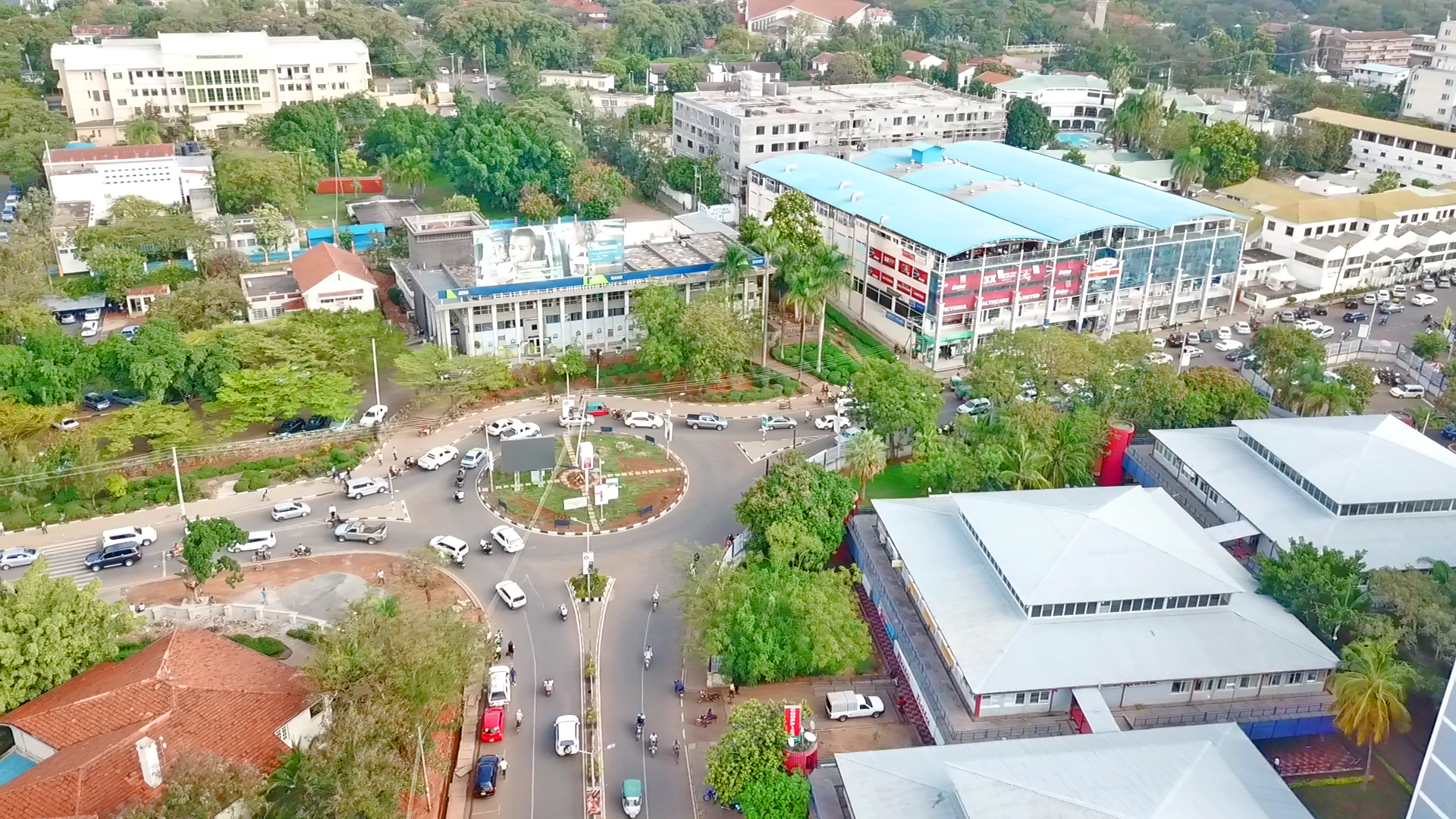Climbing Mount Kilimanjaro, which at 5,895 meters is the highest peak in Africa, is not for the weak of heart. Most importantly, it is not for the weak of pocket.
I recently found myself on a flight from Jomo Kenyatta International Airport to Kilimanjaro International Airport in Tanzania and the first thing that struck me was the fact that I was the only local man on the flight. I have taken several flights within Kenya and to a number of other African countries but I have never been on a flight where everybody else was white and I was the only local man.

Read Also: Kenya’s top export tea boils over bumper harvest
The flight from Kenya to Kilimanjaro which later proceeds to Zanzibar is purely a tourist flight and you hardly find local travelers on this flight. This gave me my first lesson, activities like climbing Mount Kilimanjaro cost money.
For most local people, our best option while traveling to Kilimanjaro should be the road. You can easily get a shuttle from Nairobi to Namanga where you get transferred to buses in Tanzania which will take you to Moshi through Arusha on a journey that takes roughly half a day.
War Chest
You can cut costs through transport but that does not eliminate the need for a good war chest of cash for the adventure of climbing Kilimanjaro. I was surprised when I learnt that the average cost to climb Kilimanjaro is $2500 to $6000, though the price varies from cheap, budget operators to large Western travel agents selling outsourced climbs at an inflated price.
In other words, you need at least KES 330,000 to sustain your climb up Mount Kilimanjaro. For the average Kenyan, this amount could be a little on the steep side and it is no wonder few Africans embark on such adventures.

The exercise of climbing the mountain is a money generating activity for our neighbours Tanzania and the Kilimanjaro National Park imposes fees on both visitors and crew since you cannot climb the mountain unaccompanied.
First of all, you have to take care of the park conservation fees at $70 per day since the Kilimanjaro authority collects fees per day you spend inside the park. Take note that the least number of days one can take to climb the mountain and descend it is five days. On a 7 day climb for instance, the conservation fees will set you back a cool $490.
During the climbing days, visitors have to take breaks and camp for the night. Most campsite fees along the seven established routes for climbing the mountain charge $50 to $60 per night per person. Since the climb can be dangerous, visitors are required to pay a $20 rescue fee per person per trip.

You cannot climb the mountain without the help of guides and porters and their wages amount to around $80-$150 per climber per day depending on the group size. Since you can spend up to a week on the mountain, you might also need to hire a cook since there are no restaurants on the mountain and what you make is what you eat. Food shopping for the climb costs about $10-$20 per climber per day including food for staff.
Victory loves preparation
When climbing Mount Kilimanjaro and you are not a regular climber, you will need equipment and gear for the task but buying such equipment is another humongous cost. However, a number of shops and tour guides at the mountain offer this equipment on hire where one can get them for one time use. A good bargain should cost you some $450 to $500 for all your days on the mountain.
During my trip to Tanzania, did not have the requisite KES 300,000 so I got to the foot of the mountain on the Marangu base camp at 1,860 meters but that is as far as I went. For one day visitors like myself, there exist numerous foot trails that can take you through interesting waterfalls, caves and viewpoints with breath taking views of the communities living around the mountain.

However, those who plan to climb the mountain to the summit need to know that in addition to deep pockets, stamina and mental determination will determine whether or not you will be successful in your quest to reach the roof of Africa. Being physically prepared for the trek will also greatly contribute to the level of your perseverance, confidence and personal enjoyment.
I was told most serious climbers plan for 8 weeks of training before attempting the Kilimanjaro Trek. This will allow you to build your endurance and strength. In addition to regular gym workouts, make sure you also go for walks in order to stimulate relevant muscle development.
Written out of History
While visiting the mountain, one also gets the opportunity to learn some rich history surrounding the mountain. One of the facts that stood out for me was the claim that the first people to climb the mountain were Hans Meyer, a German geographer, and Ludwig Purtscheller, an Austrian mountaineer.
However, historians do not recognize Yohani Kinyala Lauwo, locally known as Mzee Lauwo as possibly the first recorded person to climb the mountain. Legend has it that Mzee Lauwo was only eighteen years old when he became the first Tanzanian to ever climb Kilimanjaro. History books acknowledge that he led Hans Meyer and Ludwig Purtscheller to the highest point of Africa on October 5th, 1889 but he is only considered as the first guide on the mountain.

Otiato Opali
Discover more from Orals East Africa
Subscribe to get the latest posts sent to your email.











Nice read my y brother.
I have just learnt alot in this piece.
Thanks and allow me to share it.
Peace.